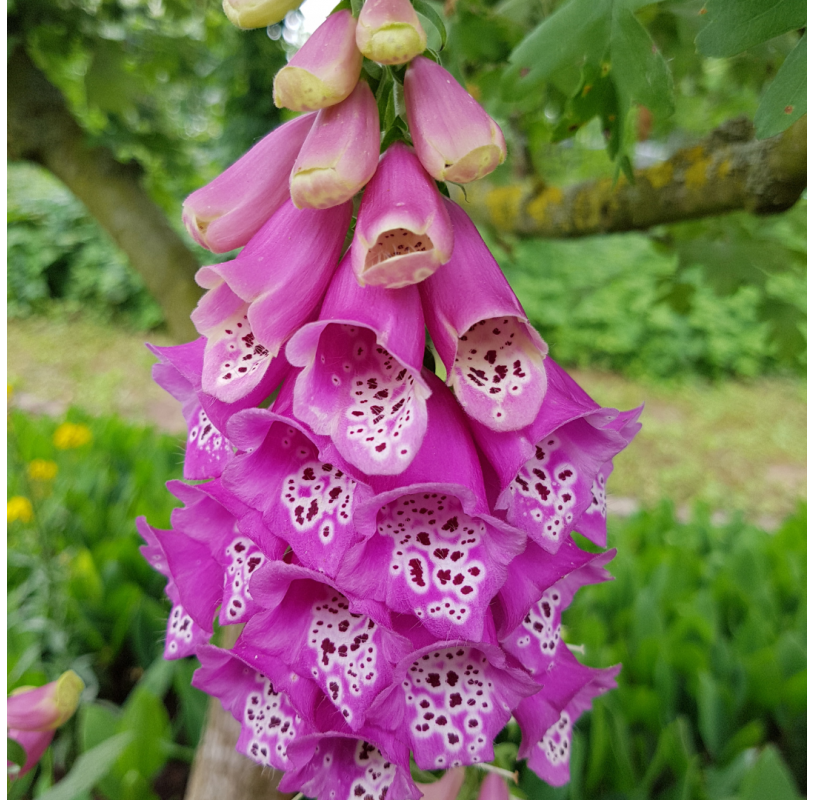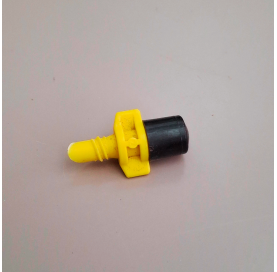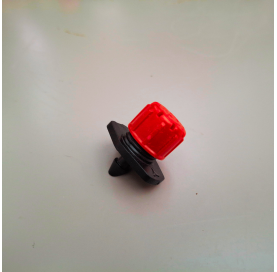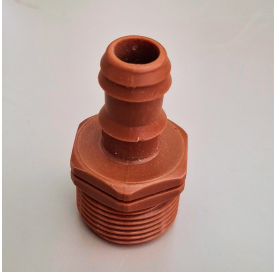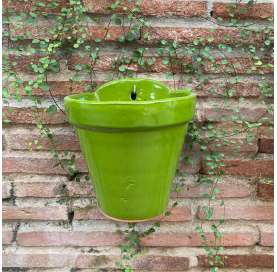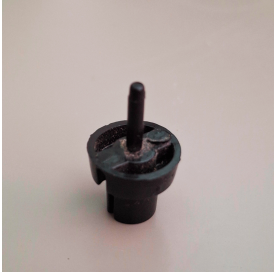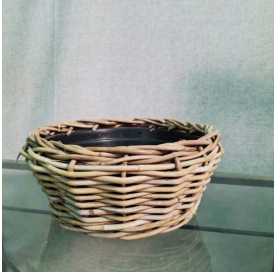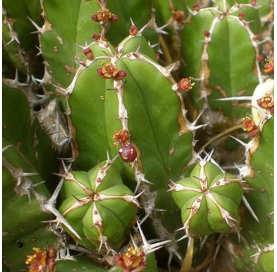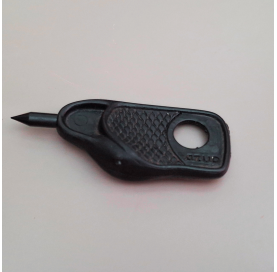Digitalis - foxglove
Digitalis, commonly known as foxglove, is native to Europe, Asia, and North Africa. This genus belongs to the Plantaginaceae family, with *Digitalis purpurea* being the most well-known species. In its natural habitat, it is often found in forests, clearings, and mountainous regions.
 Encrypted payments for greater security
Encrypted payments for greater security
To reduce the plant's time in transit, shipments are made from Monday to Wednesday.


Shipping only to mainland Spain and mainland Portugal
Origin:
Digitalis, commonly known as foxglove, is native to Europe, Asia, and North Africa. This genus belongs to the Plantaginaceae family, with *Digitalis purpurea* being the most well-known species. In its natural habitat, it is often found in forests, clearings, and mountainous regions.
History:
Digitalis has a long history in both gardening and medicine. Its medicinal use dates back centuries when it was used as a powerful remedy to treat various heart conditions. The active compound in the plant, digitalin, was isolated and used in the development of heart disease medications. However, due to its high toxicity, it must be handled with great care.
Care:
Digitalis is a biennial or short-lived perennial that is relatively easy to care for. It prefers well-drained soils rich in organic matter and adapts well to partial shade or full sun, though it prefers cooler climates. It is important to keep the soil moist, especially during its growing period. Fertilizing in the spring is recommended to encourage abundant flowering.
Interesting Fact:
An interesting fact about Digitalis is that its tubular flowers have evolved to attract bumblebees, which are its main pollinators. The shape of the flowers facilitates access for these insects, while other, less efficient pollinators may find it more difficult to reach the nectar.
Pruning:
Pruning Digitalis is straightforward. After flowering, the flower spikes should be cut back to promote healthy growth and, in some cases, stimulate a second bloom in the same season. If you want the plant to self-seed, it is advisable to leave some flowers to develop seeds.
Watering:
Digitalis requires regular watering, especially during its first year of life. It is important to keep the soil moist but not waterlogged. During periods of intense heat, it is recommended to increase the frequency of watering to prevent the plant from drying out.
---
This information should be useful for the product description on the Viveros González website.
Data sheet
- Name
- Digitalis - foxglove
- Origen
- Digitalis is native to Europe, Asia, and North Africa. It is commonly found in forests, clearings, and mountainous regions of these areas.
- Height
- Digitalis plants can reach heights ranging from 60 cm to 1.5 meters, depending on the species and growing conditions.
- Colour
- The flowers of Digitalis typically come in shades of purple, pink, white, and yellow. The flowers have a characteristic tubular shape and often feature darker spots inside.
- Flowering
- Digitalis typically blooms in spring and early summer. The flowers are arranged in long spikes that rise from the base of the plant upwards, creating a striking effect in the garden.
- Location
- It prefers locations with partial shade, although it can also grow in full sun. It thrives in well-drained soils rich in organic matter. Digitalis prefers cooler climates and does not tolerate extreme heat well.
- Irrigation
- Digitalis requires regular watering to keep the soil moist, but it is important to avoid waterlogging, which can harm the plant. During hot weather, watering should be more frequent to prevent dehydration.
12 other products in the same category:
-
Elbow 16mm€0.50
-
Microdiffusion nebuliser€0.30
-
Red irrigation dripper€0.25
-
-
Mixed link 16mm 3/4€0.40
-
Zoysia tenusima€3.50
-
Elbow 16mm 1/2€0.60
-
-
Ballerina spare part€0.30
-
Cesta de mimbre€35.00
-
Euphorbia handiensis€6.00
-
Punch 3mm€0.50

 English
English Spanish
Spanish